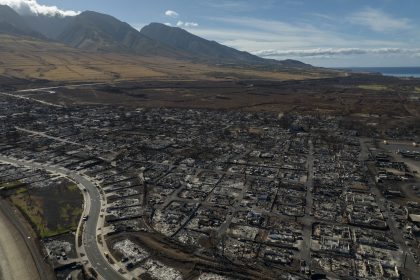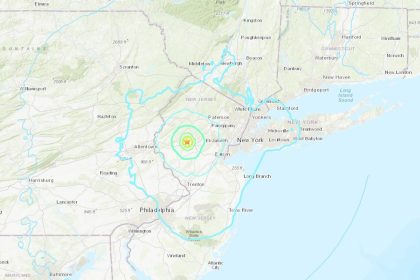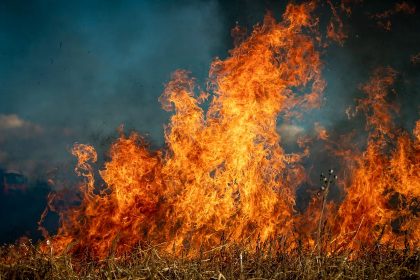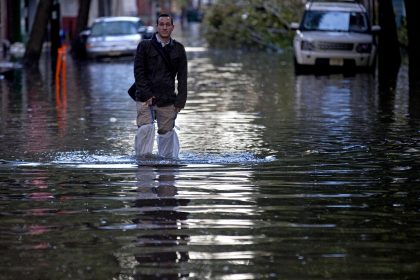Hurricane Hanna Clean-Up Going Smoothly Despite the Challenges of COVID-19
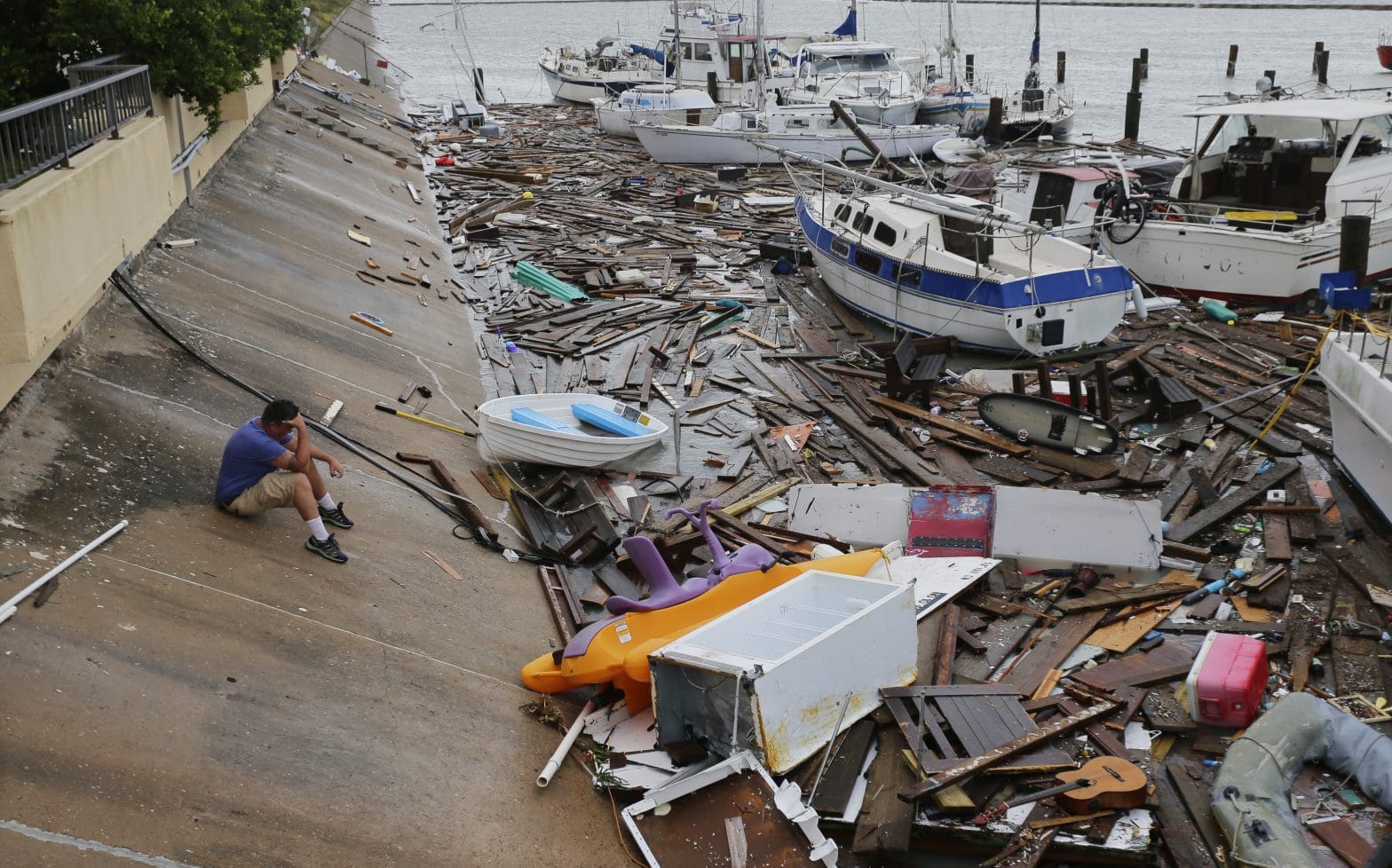
Disaster relief efforts following Hurricane Hanna’s arrival on the coast of Texas last week are going well despite the challenges posed by COVID-19, according to the Red Cross and the Federal Emergency Management Administration.
Hurricane Hanna hit Texas with winds of almost 50 miles per hour and nearly a foot of rain in some areas, according to the National Hurricane Center. Flooding and damage to boats and powerlines occurred all along the Gulf coasts of Mexico and Texas.
The Red Cross is adapting its response to this disaster by following Centers for Disease Control and Prevention guidelines in the way they deploy volunteers and the way shelters are organized, according to a spokesperson for the Red Cross. FEMA is also changing its approach to providing aid and assessments of property damage to help contain COVID-19.
The Red Cross said some of the people displaced by the aftermath of the storm will receive individual hotel rooms as needed. The Red Cross and its partner organizations are also establishing more shelters with a lower number of people in each to help ensure adequate space to prevent the spread of the virus.
The Red Cross is also minimizing the use of its on-the-ground disaster response workforce from the usual 70% of its overall personnel and volunteers to 30% because of COVID-19. One hundred personnel are working on the storm response remotely, while 250 personnel are working on the ground to help bring people into shelters.
The smaller number of on-the-ground volunteers and staff has been sufficient to mount a successful relief effort so far.
“Our physical presence may not look the same as it did before the pandemic, but rest assured that we are still providing comfort and support to anyone in need during the disaster,” said a spokesperson for the organization.
Many of the steps being taken by the Red Cross are outlined in a COVID-19 operation manual for hurricanes published by FEMA in May.
Meanwhile, FEMA is partnering with the state of Texas to conduct its property damage assessments from the air rather than sending agents on the ground to document claims. This information will be used to determine how much to reimburse state and local governments.
According to FEMA, “These virtual assessments present new challenges but we are working with the state and other partners to use virtual tools to conduct effective assessments in the COVID environment.”
FEMA says that the agency has extra medical supplies on hand that are available upon request by the state.
Many of the hospitals in Southern Texas were almost at capacity with COVID-19 patients before the storm hit, according to the Texas Tribune. Some of them were already sending overflow patients to other counties and states, according to the Border Report.
The military has sent 85 medical personnel to two hospitals in the area to help ease their staffing shortages as they try to find room for people injured in the storm and its subsequent flooding, according to the office of the Texas Governor.
Texas is also working to equip hospitals with everything they need to serve their communities in this time of crisis, according to Texas Health and Human Services.
These adaptations to severe storm response during the pandemic will likely be used in future disasters during this year’s hurricane season, according to FEMA.
“FEMA and its partners are continuously learning from past disasters and using those lessons learned to inform planning and response decisions,” said FEMA.




















